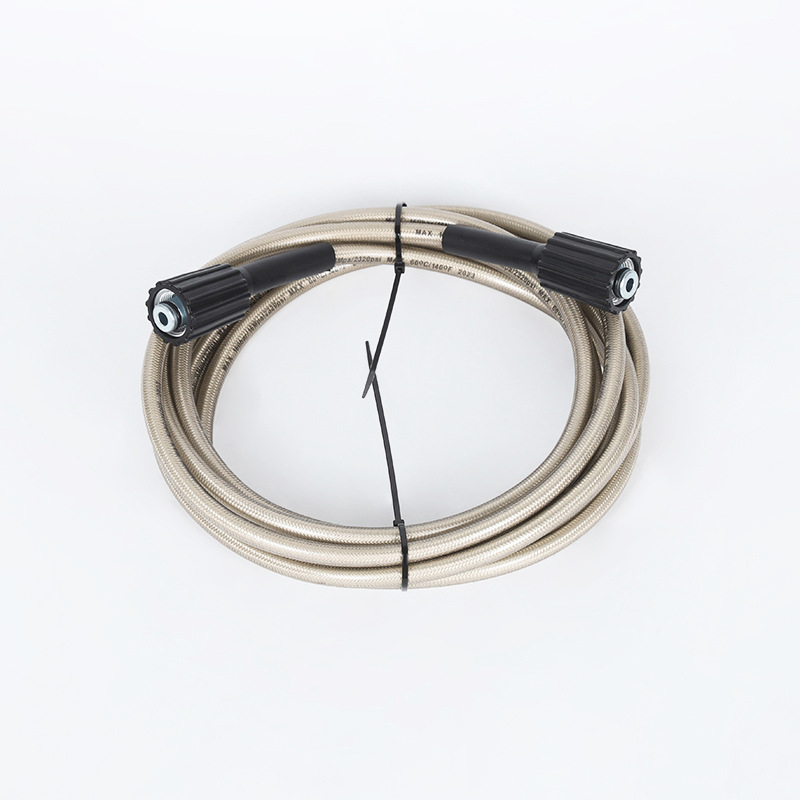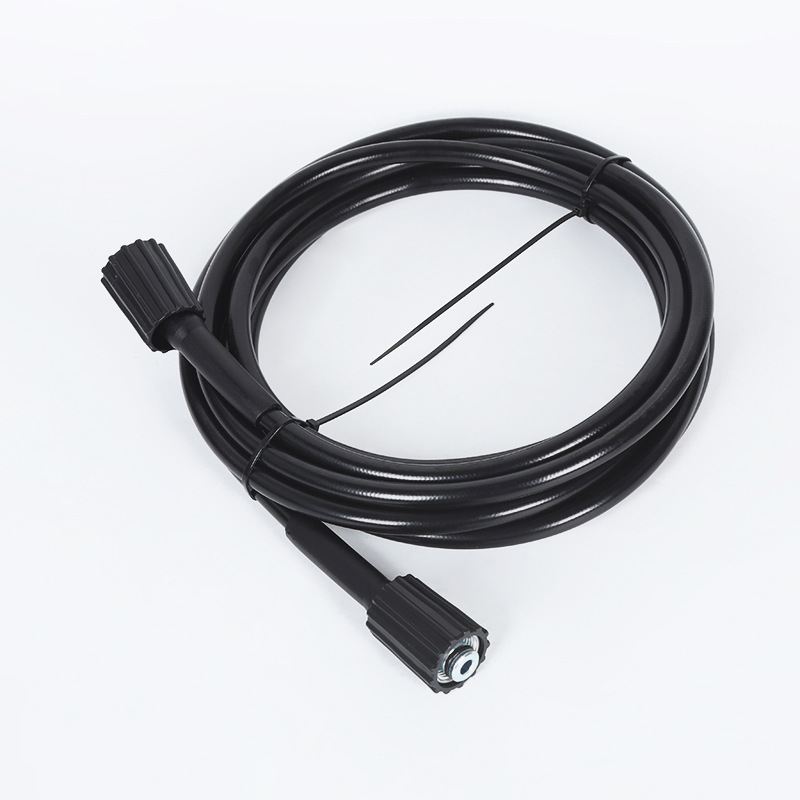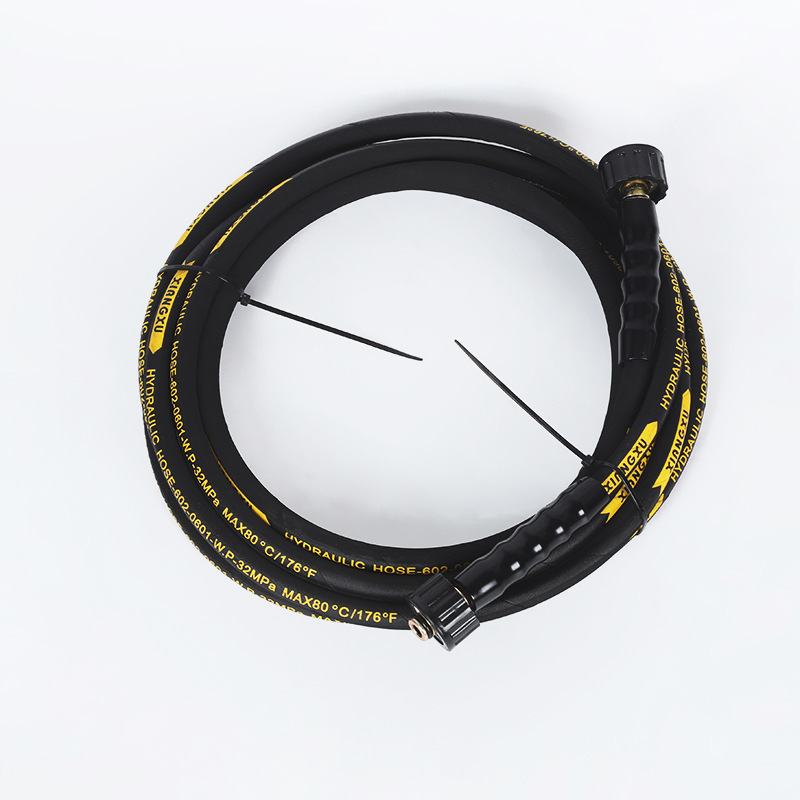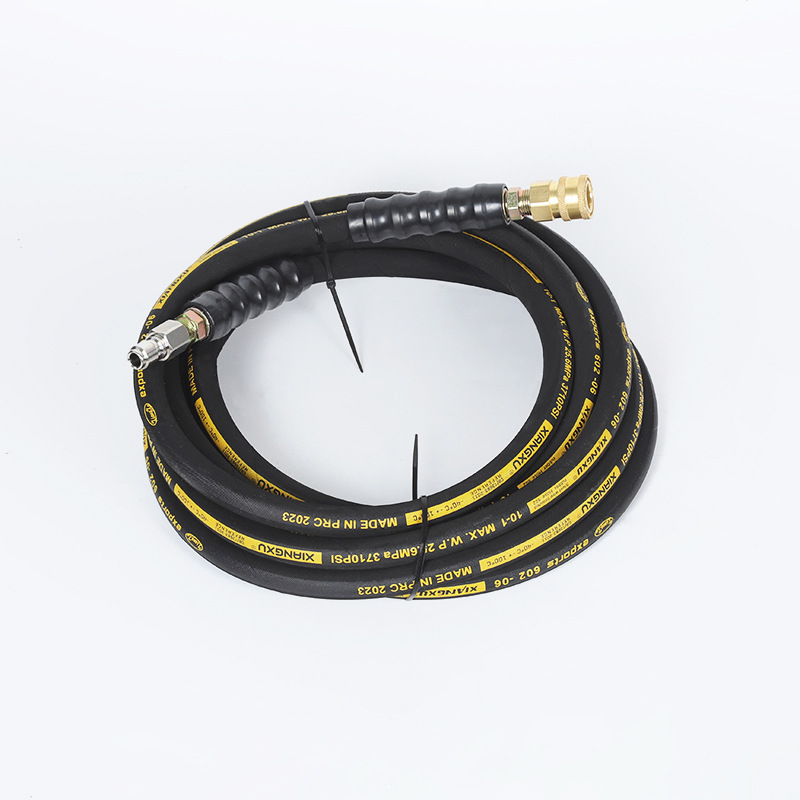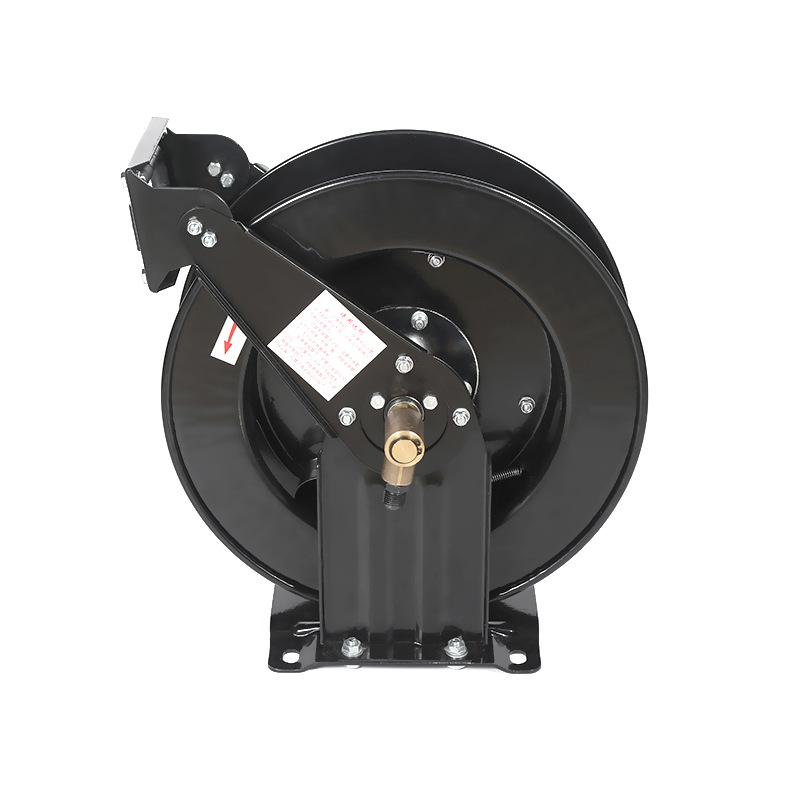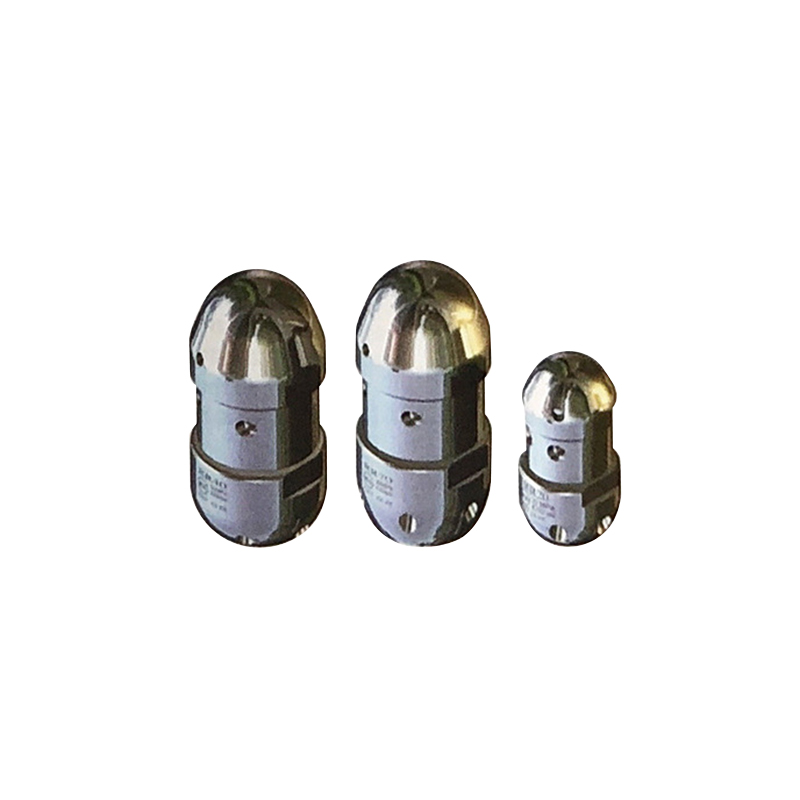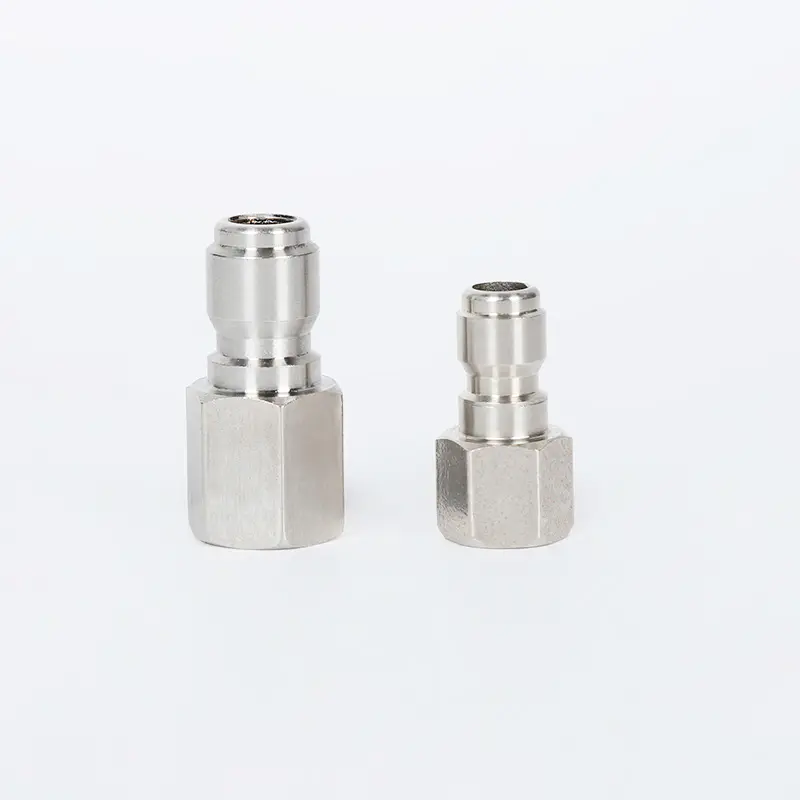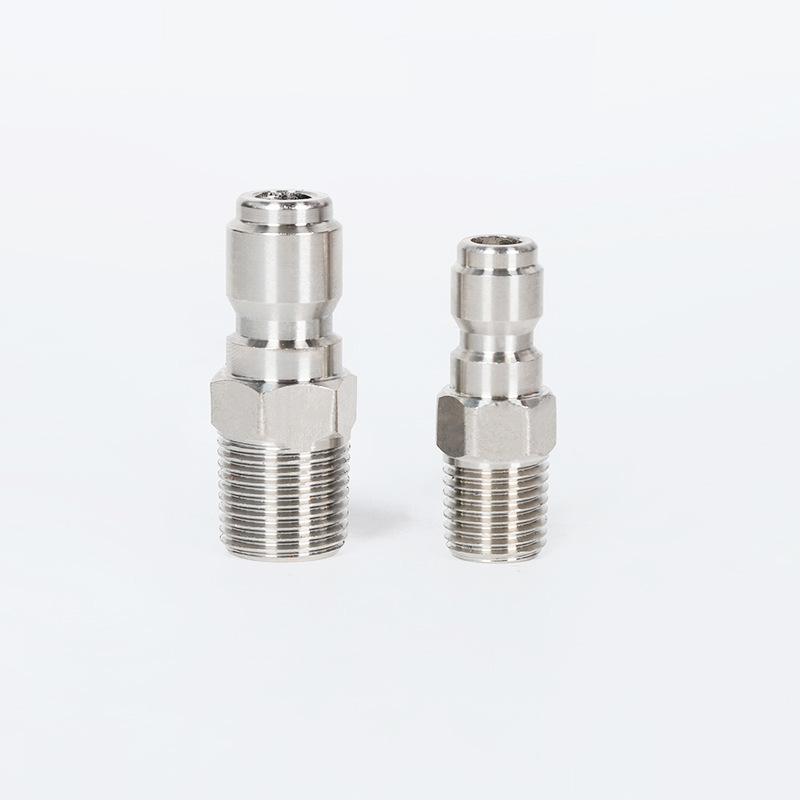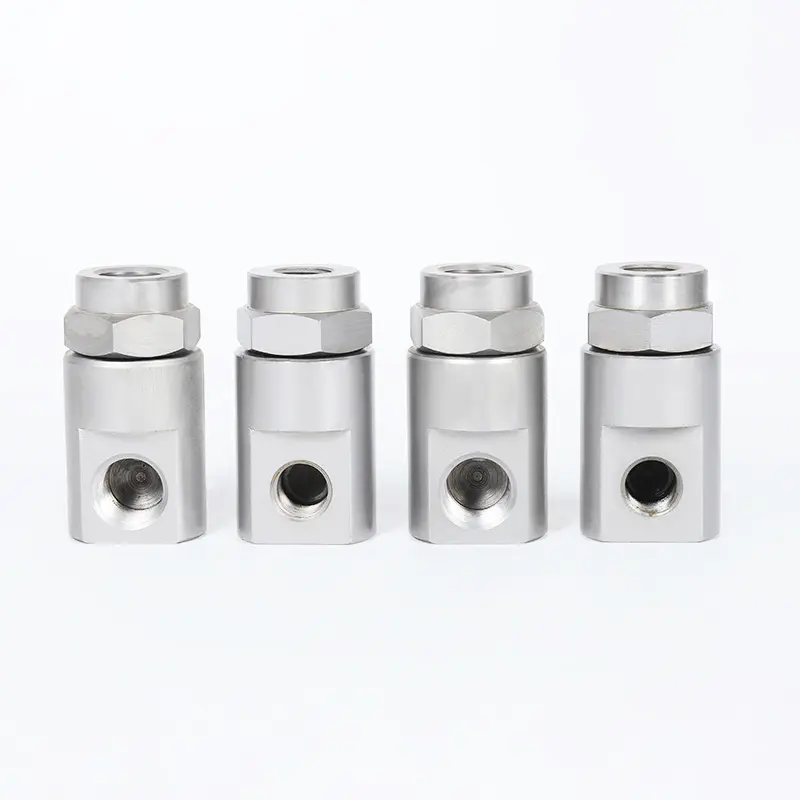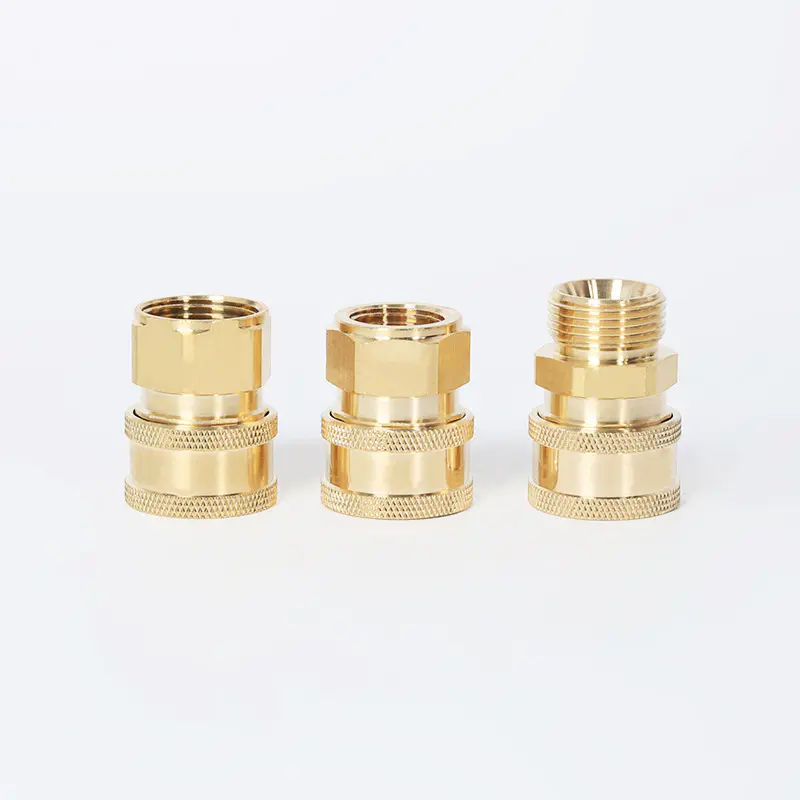Understanding Pressure Washer Connector Components
Pressure washer connectors consist of several critical parts including the quick-connect coupling, O-rings, valve mechanisms, and threaded adapters. These components work together to maintain a secure, leak-free connection between the pressure washer pump and accessories like lances or extension wands. Regular inspection of each component helps identify wear before failures occur during operation.
Daily Cleaning Procedures
After each use, disconnect all hoses and accessories from the pressure washer connector. Rinse the connector thoroughly with clean water to remove dirt, debris, and detergent residue that could accumulate inside the coupling mechanism. Use a soft brush to clean threaded areas where particles tend to gather. Allow all components to air dry completely before storage to prevent moisture-related corrosion.
Lubrication Maintenance Schedule
Apply a thin layer of silicone-based lubricant to O-rings and moving parts every 10-15 hours of operation. Avoid petroleum-based lubricants that can degrade rubber components. The lubrication process involves disconnecting the coupling, applying lubricant to O-rings and valve seats, then working the mechanism several times to distribute the lubricant evenly before reconnecting.
Inspection for Wear and Damage
Weekly inspections should check for cracked O-rings, deformed threads, or corrosion on metal surfaces. Examine the quick-connect mechanism for smooth operation and verify that locking collars engage securely. Pay special attention to the valve seat where water passes through, as pitting or erosion in this area can cause pressure leaks.
Proper Storage Techniques
Store pressure washer connectors in a clean, dry environment away from direct sunlight. Hang hoses rather than coiling them tightly to prevent stress on connector joints. For extended storage periods, apply a light coating of food-grade mineral oil to metal surfaces to prevent oxidation. Keep dust caps on unused connector ends to prevent debris accumulation.
Thread Protection Methods
Protect threaded connections by applying thread seal tape or pipe dope during assembly. The tape should wrap clockwise around male threads with 2-3 overlapping layers. Avoid over-tightening connections which can distort threads. For quick-connect fittings, ensure the collar moves freely and locks positively without excessive force.
Pressure Testing Procedures
Conduct monthly pressure tests by connecting all components and running the washer at operating pressure. Check for leaks at connection points while the system is pressurized. Listen for unusual sounds that may indicate internal valve issues. Always perform these tests in a safe area with proper protective equipment.
Replacement Part Considerations
Replace O-rings annually or immediately when showing signs of flattening, cracking, or loss of elasticity. Use manufacturer-specified replacement parts to ensure compatibility with pressure ratings. When replacing entire connectors, match flow capacity and pressure ratings to your washer's specifications to maintain system performance.
Chemical Exposure Management
After using chemical cleaners, flush the connector system thoroughly with clean water. Some cleaning solutions can degrade O-ring materials or corrode metal components over time. Check manufacturer guidelines for chemical compatibility with your specific connector materials before using specialized cleaning agents.
Temperature Considerations
Avoid exposing connectors to extreme temperature fluctuations which can cause material stress. In freezing conditions, ensure all water is drained from the system to prevent ice damage. During hot weather operations, allow periodic cooling periods for metal components that may heat up during extended use.
Connection and Disconnection Best Practices
Always depressurize the system before making or breaking connections. Push connectors straight together without angling to prevent O-ring damage. When disconnecting, pull back the locking collar completely before separating components. Never force connections that don't align properly - inspect for debris or damage instead.
Water Quality Impact
Hard water minerals can accumulate inside connectors over time. Install an in-line filter if your water source contains high sediment levels. For areas with particularly hard water, periodic descaling with a mild acid solution may be necessary to maintain proper flow through the connector orifices.
Safety Precautions
Always wear eye protection when working with pressurized connections. Be aware that high-pressure leaks can inject water under skin. Never attempt to repair damaged connectors while the system is pressurized. Keep hands clear of connection points during pressure washer operation.
Troubleshooting Common Issues
For leaks at connection points, first check O-ring condition and proper seating. If pressure drops occur, inspect for internal obstructions or valve malfunctions. Difficult connections may indicate misaligned components or debris in the coupling mechanism. Persistent issues may require professional servicing of the connector assembly.
Record Keeping for Maintenance
Maintain a simple log tracking lubrication schedules, part replacements, and any repairs performed. Note any performance changes or unusual occurrences during use. This history helps identify recurring issues and establishes appropriate maintenance intervals based on your specific usage patterns.





